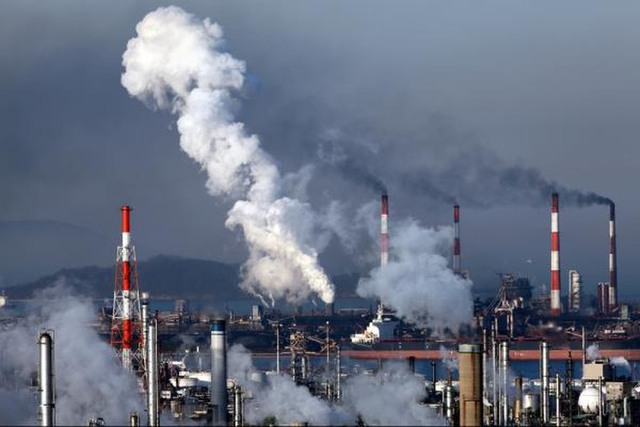Viet Nam significantly reduces import quotas for ozone-depleting substances
VGP - In 2025, Viet Nam’s import quota for HCFCs — substances that cause ozone depletion — will be sharply reduced to 1,300 tons, equivalent to half of the 2024 quota, according to the Ministry of Agriculture and Environment.

The ministry has issued a decision on the allocation of import quotas for ozone-depleting substances and controlled greenhouse gases under the Montreal Protocol on Substances that Deplete the Ozone Layer in 2025.
All of the imported substances are HCFC-22 (a type of hydrochlorofluorocarbon), which is commonly used in the production of household air conditioners, refrigeration, foam manufacturing, and in servicing and maintenance of refrigeration equipment.
The import quota for greenhouse gases in 2025 is equivalent to nearly 13 million tons of CO2.
The Ministry of Agriculture and Environment noted that this year marks the first year of implementing the roadmap to reduce HCFC imports under the national plan on the management and elimination of ozone-depleting substances.
Specifically, during the period from 2025 to 2029, the HCFC import quota will be maintained at 1,300 tons per year (a 67.5 percent reduction compared to the baseline consumption).
From 2030, the average annual import quota will be reduced to 100 tons (a 97.5 percent reduction). Viet Nam will not import other HCFCs from 2040.
For HFCs (refrigerants with high global warming potential), import quotas will also gradually decrease according to the set roadmap. By 2045, Viet Nam will only import an amount equivalent to emissions of 2.7 million tons of CO2 (an 80 percent reduction compared to the baseline consumption).
By 2045, Viet Nam expects to reduce emissions by more than 11 million tons of CO2 through the management and phase-out of ozone-depleting substances and controlled greenhouse gases, contributing to the goal of achieving net-zero emissions by 2050 as pledged at COP26./.

